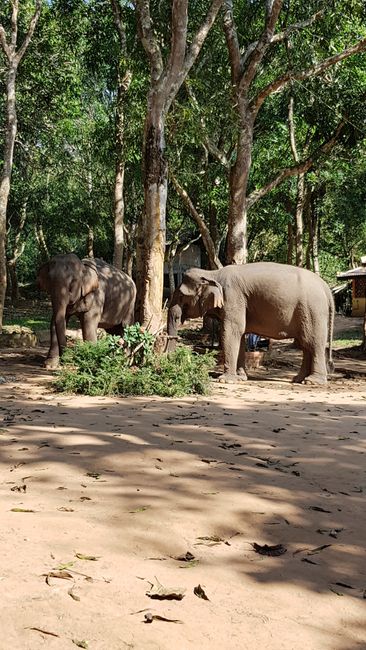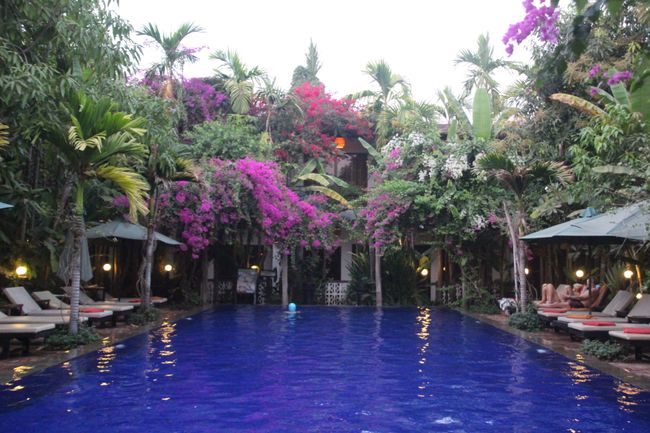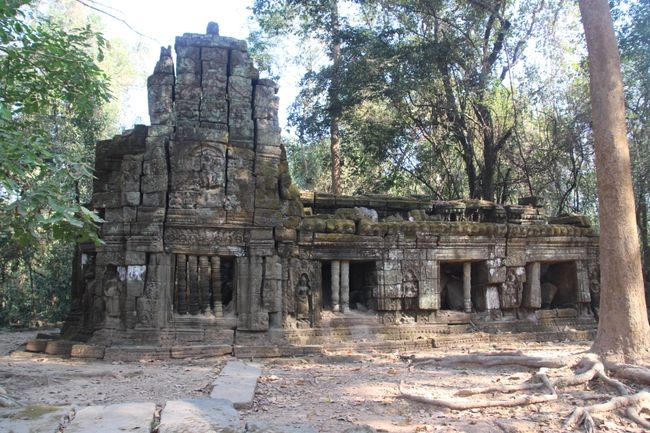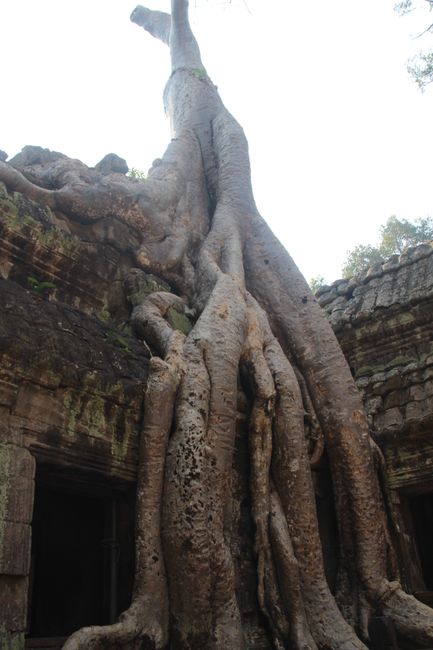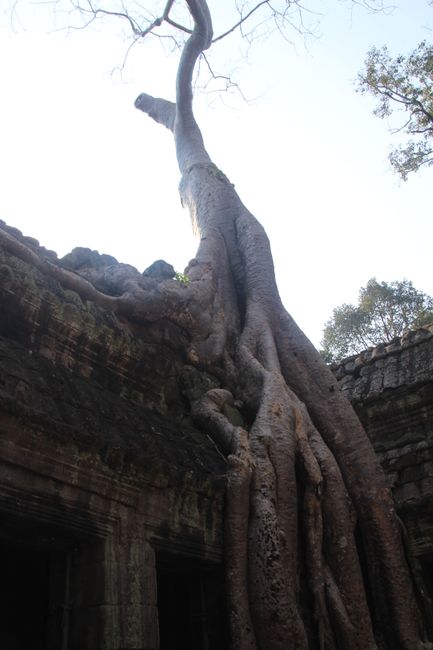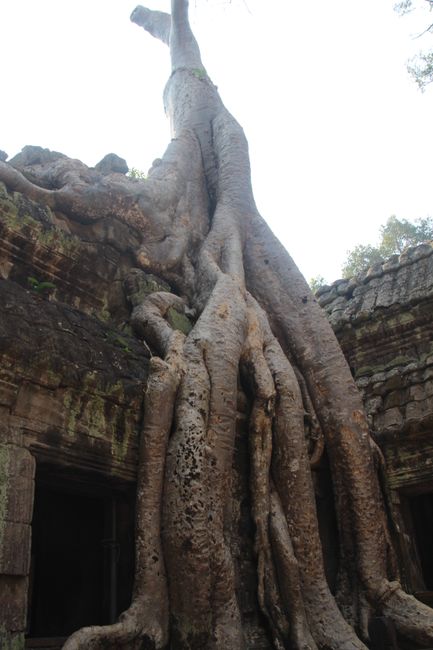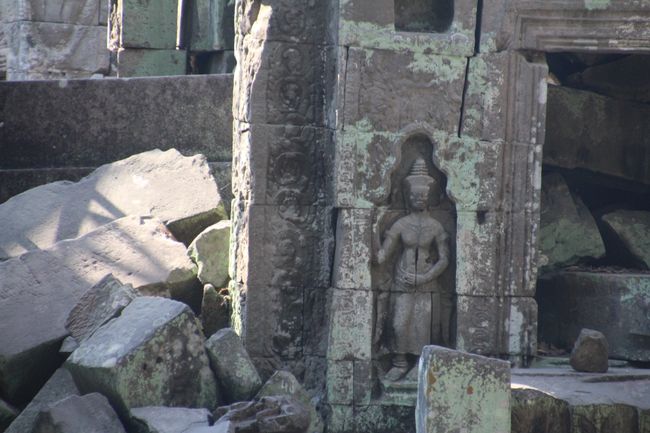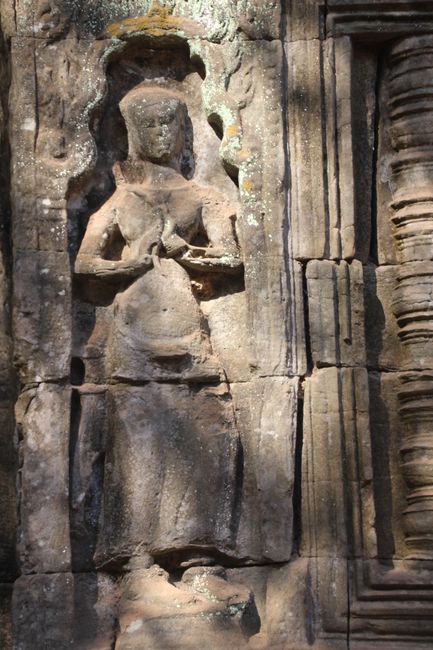Siem Reap, Angkor, Tonle Sap
வெளியிடப்பட்டது: 01.02.2019
செய்திமடலுக்கு சந்தாதராகவும்
I
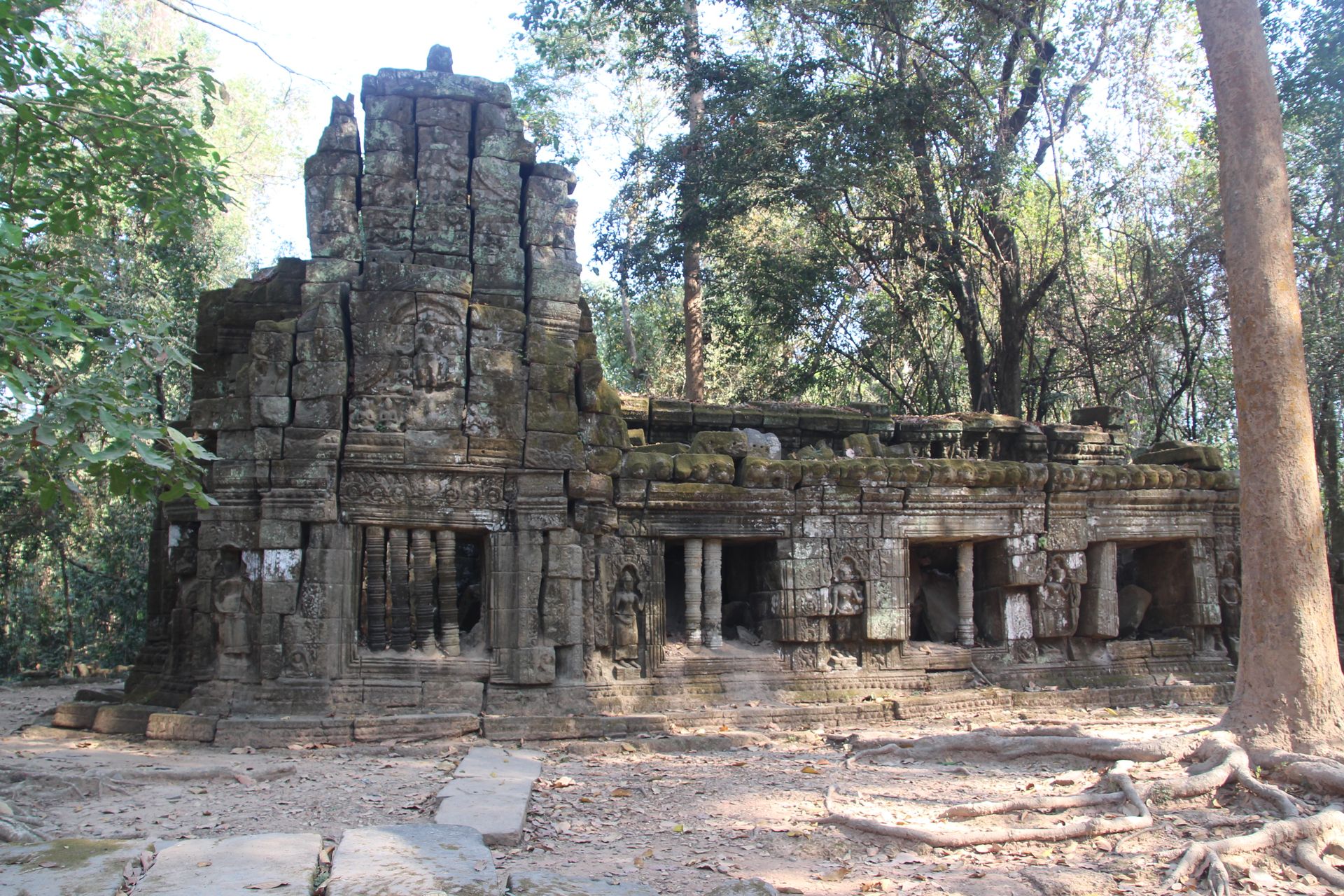
The conclusion of our visits in Southeast Asia was the visit to the temple complex of Angkor, which covers a total area of around 200 square kilometers. The beginnings date back to the turn of the millennium, and large parts were built later until the 13th century. The exact construction time is not known, and some parts were never completed because of their massive dimensions. After the decline in the 16th century, the site was abandoned and completely covered by nature and partly overgrown by the jungle. In the 19th century, the French started the excavation, which is still ongoing today. Many stones are still waiting to be put together in a massive puzzle.
When approaching the largest temple, Angkor Wat, you feel very tiny. It is unimaginable for us today how the people back then managed to assemble the giant stone blocks into such monumental buildings without machines. It is known that holes (by hand !!) were drilled into the sandstones. Suitable pieces of wood were inserted into the openings, and the whole thing was watered so that the wood swelled. Then it was pulled by humans or animals. The stones were fitted into the joints of columns and beams and assembled without mortar. The buildings and roof vaults were created by properly stacking stones, also without mortar.
Impressive also the temple of Bayon with over 200 smiling faces and the small (oldest) Hindu temple of Banteay Srei.
We spent the last morning with a boat tour on the Tonle Saß, the largest inland lake in Southeast Asia. It is only about 2 meters deep in the dry season. The pictures show the traditional stilt houses where the 'normal' rural population of this area lives. The poor people live in houseboats on the lake. In the rainy season, the lake swells and can be up to 14 meters deep in some areas. The water then reaches the top of the stilts. During this time, people only move around by boats. Around 3 million people live in the lake area, they sustain themselves through fishing, and many also engage in agriculture (rice and soybean cultivation). Overfishing of the lake and the extinction of many fish species are a major existential threat. However, more and more people are able to leave this way of life behind and live in solid houses in the city. Many families focus on education, the children attend universities, learn foreign languages, and thereby ensure the social advancement of the family. Parents make sacrifices for this, but then they are supported by their children.
செய்திமடலுக்கு சந்தாதராகவும்
பதில்

